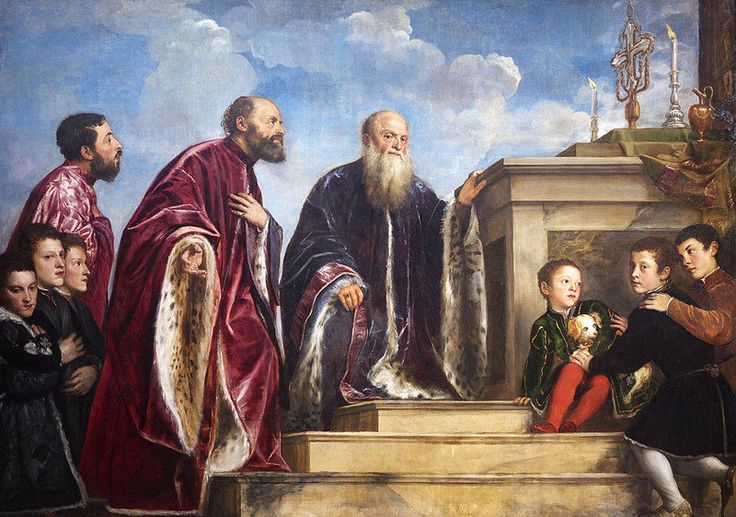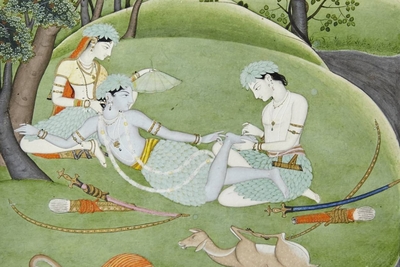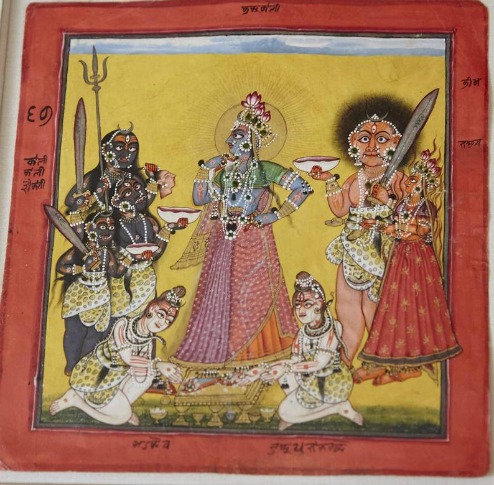 As a former resident of the UK, admittedly a long time ago, I have been gobsmacked and riven (also riveted) by Brexit. I really felt, at the end of the day (as they say), that Britons would vote to stay. And now many of them, it seems, are having remorse. If you not been following, Google was inundated on Friday with questions originating in Britain asking what the ramifications would be of Brexit, what the EU was, and other questions. Further, Brexit proponent Nigel Farage of the UKIP party reportedly admitted that some arguments used against membership in the European Union were false.
As a former resident of the UK, admittedly a long time ago, I have been gobsmacked and riven (also riveted) by Brexit. I really felt, at the end of the day (as they say), that Britons would vote to stay. And now many of them, it seems, are having remorse. If you not been following, Google was inundated on Friday with questions originating in Britain asking what the ramifications would be of Brexit, what the EU was, and other questions. Further, Brexit proponent Nigel Farage of the UKIP party reportedly admitted that some arguments used against membership in the European Union were false.
And some Leave voters, interviewed by various TV outlets, said they had no idea their votes would carry the day. They were protesting, but didn’t really mean they wanted to leave.
Thus, a petition began that asks “HM Government to implement a rule that if the remain or leave vote is less than 60% based a turnout less than 75% there should be another referendum.” As of this writing, mid-afternoon on Saturday, the petition has more than 2 millions signatures, which higher than the gap between Leave and Remain ballots.
I doubt it will happen, but this year one never knows. I daydream that the Queen might do something.
If nothing happens, and Britain does leave the European Union, the arts may well suffer. According to an article in The Art Newspaper,
…Stephen Deuchar, director of the Art Fund, voiced the concerns of many when he told us this morning that the fund is “deeply concerned at the impact leaving the EU will have on culture in the UK, and particularly on its museums and galleries.†He explained: “At one level there is obviously now great financial uncertainty—the effect on European funding streams for the arts, for example—but quite as important is the potential effect on the spirit that drives a myriad of international partnerships in the artsâ€.
What is more:
…The European Regional Development Fund and the Creative Europe programme grant millions of pounds a year to UK arts organisations. Tougher controls on visitors and immigration may make it more difficult for foreign artists to visit or work in Britain. A fall in incoming tourism would impact negatively on museums, such as Tate Modern, which has just opened its huge extension.
Another possible repercussion, voiced by German collector Heiner Pietszch, fewer art loans to England:
The leading German art collector Heiner Pietzsch has said he will make new loans to Scotland rather than England in the event of a Brexit vote in the latest signal of the art world’s strong opposition to Britain’s leaving the European Union.
Heiner and Ulla Pietzsch have lent nearly 60 works from their Modern art collection to the Scottish National Gallery of Art for its summer exhibition Surreal Encounters, staged in collaboration with museums in Rotterdam and Hamburg.
Speaking at the opening of the exhibition, which includes major works by DalÃ, Picasso, Magritte and Miró, Pietzsch said: “We will give pictures to Scotland because Scotland will stay within the EU.†His translator and curator, Francisca Cruz, clarified that he meant loans to Scotland.
All of this is so exasperating! And so unnecessary. I’m for the do-over.
Photo Credit: Courtesy of The Guardian





